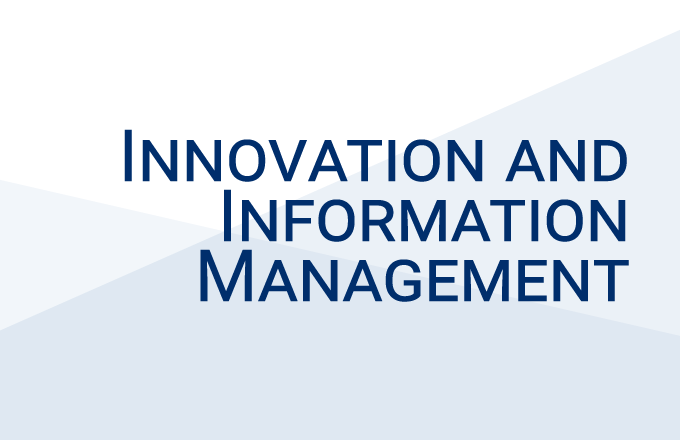Consumer Elective Pricing and Social Preferences
Professor Ayelet Gneezy
Carol Lazier and Family Endowed Chair in Social Innovation and Impact
Professor of Behavioral Sciences & Marketing, Rady School of Management
University of California San Diego
In this talk, I will present findings from several projects investigating PWYW and other types of Consumer Elective Pricing (CEP).
In October 2007, Radiohead released its then-newest album for sale online, using pay-whatyou-want (PWYW) pricing: consumers were invited to download the album and pay as much or as little as they wished. An estimated 40% of downloaders paid something. Intrigued, I embarked on a journey (alongside my coauthors) dedicated to understanding what influences consumers’ decisions regarding whether to buy and how much to pay for a product or service they can receive for free.
In the first paper, we conducted a large-scale field experiment, collaborating with Disney research. In the experiment, we offered a product for sale, varying the price (fixed vs. PWYW) and whether payments benefited a charitable cause. Our data show that when PWYW is paired with a charitable cause, average payments increase dramatically—when half the revenue went to charity, Disney returned its most significant profit in addition to generating a generous charitable surplus (Gneezy et al. 2010).
Probing deeper into the factors affecting behavior under PWYW, we find that purchase likelihood decreases substantially under PWYW pricing compared to when a product is offered for a fixed low price. We argue that choosing whether to purchase a product or service and how much to pay for it has a self-signaling value. People feel bad when violating the norm, and thus, to avoid risking doing so, they choose not to buy (Gneezy et al. 2012). Consistent with the proposed role of signaling, we find that people are insensitive to the percentage of payments allocated to the cause: a 1% charitable contribution meaningfully changes behavior but moving from 1% to 100% has very little effect (Jung et al. 2017). Finally, data obtained in a series of field experiments suggest that replacing the word ‘Want” with “Can” significantly increases payments, arguably by shifting consumers’ focus away from self-interest motives (Saccardo et al. 2021).
Finally, because the “right” price is often inherently ambiguous, knowing what others pay could be helpful for the consumer trying to decide how much to pay. However, because this information is often unavailable, people likely make guesses that serve as a descriptive norm. If people assume others are generous, that descriptive norm may induce more generosity. Comparing payments under two financially identical CEP offers using PWYW and Pay-it-Forward. Results show people pay more under pay-it-forward, and this effect is driven by perceptions of others’ kindness (Jung et al. 2014).














